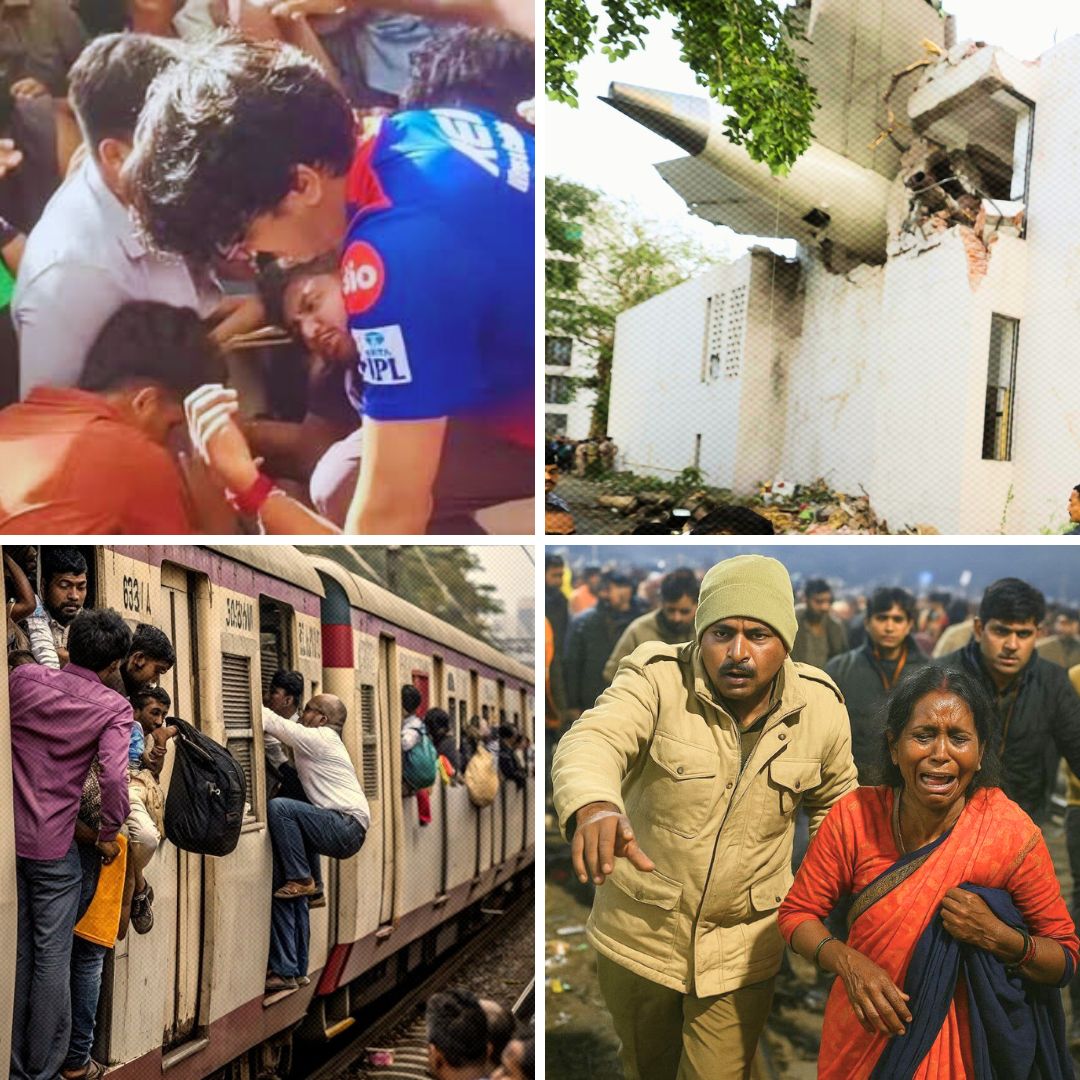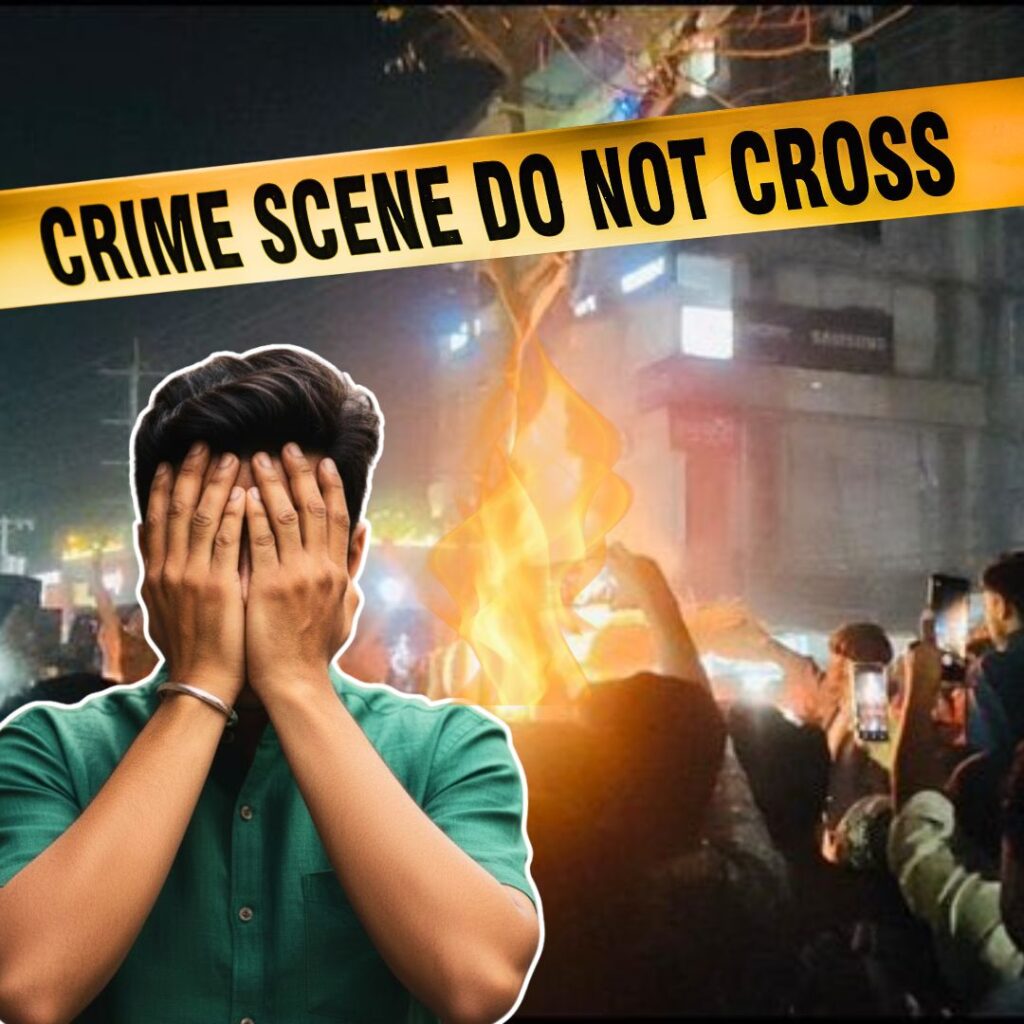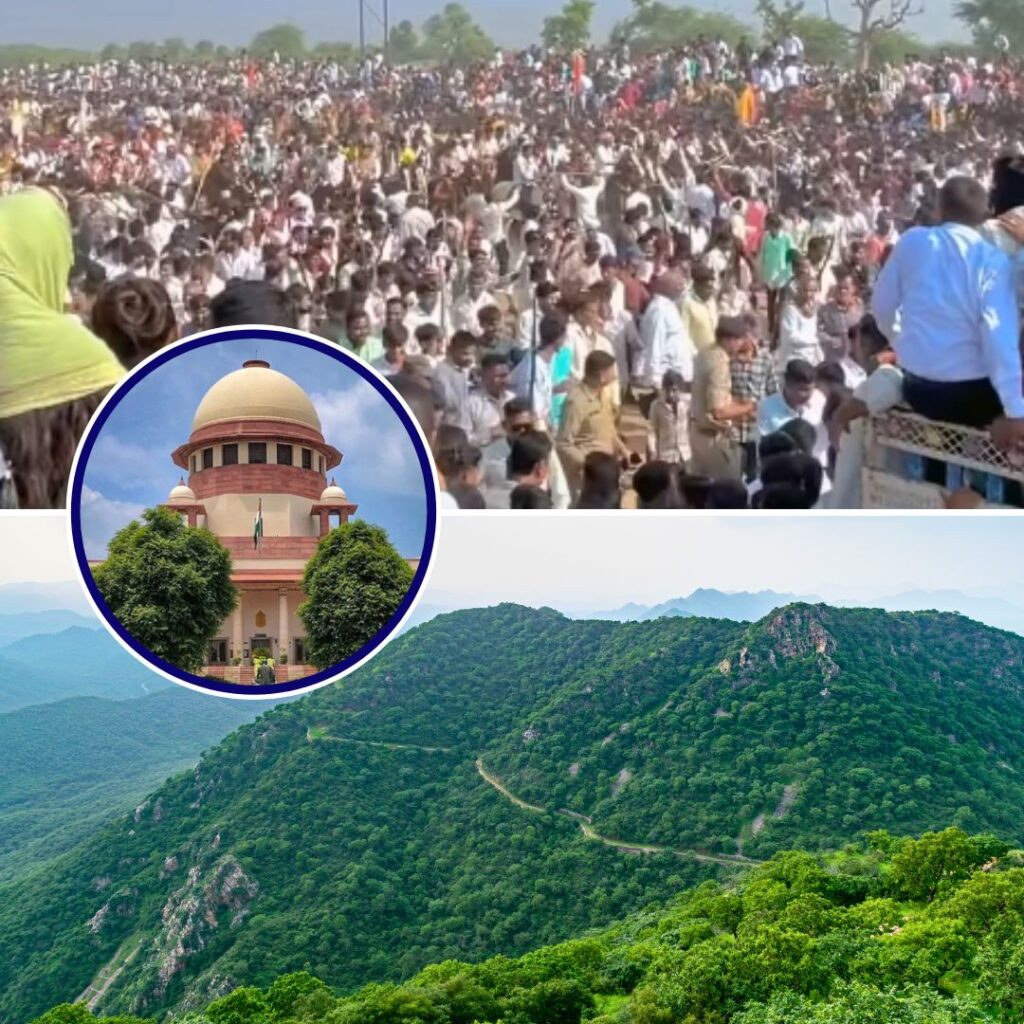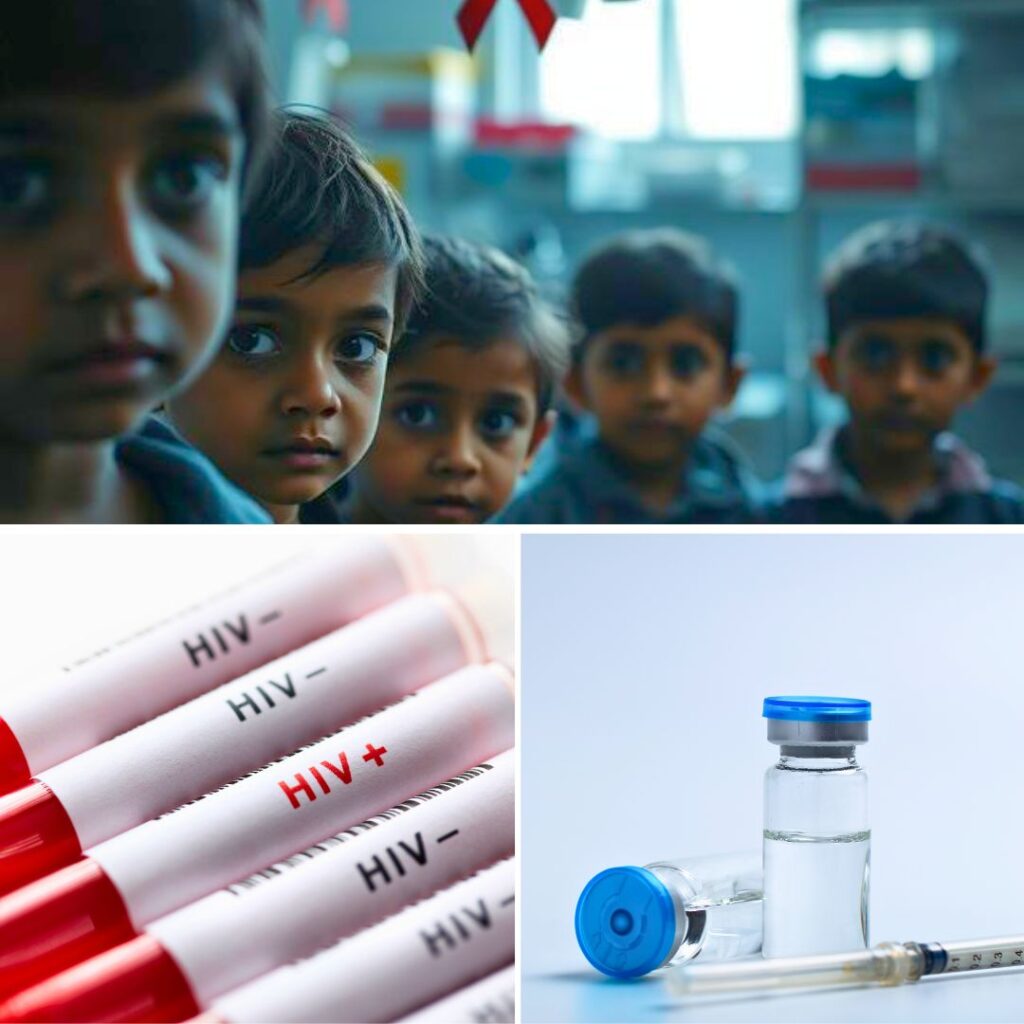In just six months, India has witnessed an unsettling wave of disasters—both natural and man-made—that have left hundreds dead, thousands grieving, and an entire nation in shock.
From the spiritual chaos of the Kumbh Mela stampede to the fiery devastation of the Air India crash in Ahmedabad, these six major tragedies have not only tested emergency response systems but also exposed critical gaps in crowd control, infrastructure, and safety enforcement.
1. MahaKumbh Mela Stampede: Faith and Tragedy Collide in Prayagraj
The MahaKumbh Mela in Prayagraj, a gathering of millions for a holy dip at the Sangam, turned tragic on January 29 when a stampede broke out at the ghats. At least 37 people lost their lives and 60 others were injured as pilgrims rushed towards the river.
Eyewitnesses described scenes of panic and confusion, with local authorities struggling to manage the unprecedented surge of devotees.
2. Delhi Railway Station Stampede: Pilgrims Caught in the Chaos
Weeks after the MahaKumbh tragedy, a stampede erupted at Delhi’s main railway station as thousands of pilgrims returning from the Kumbh tried to board trains. The incident left 18 dead, including women and children, and highlighted the persistent challenges of crowd management at major transit hubs. Survivors spoke of being trapped in narrow corridors as the crowd surged uncontrollably.
3. Pahalgam Terror Attack: Paradise Shattered by Violence
On April 22, 2025, the serene Baisaran meadows near Pahalgam became the site of a brutal terror attack targeting tourists. At least 26 people, including a Navy officer and two foreigners, were killed, and over 20 injured as militants opened fire with automatic weapons.
The attack, claimed by The Resistance Front (an offshoot of Lashkar-e-Taiba), marked the deadliest civilian-targeted strike in Kashmir since 2019. Security forces launched a massive manhunt, and the Indian government approved a five-point action plan in response.
4. Mumbai Local Train Incident
On June 9, Mumbai’s Central Railway network witnessed a tragic accident when five commuters fell from an overcrowded local train and died, while at least seven others were injured. The incident occurred around 9:30 a.m. during peak hours, as passengers clung to doors and footboards.
When two trains—a Kasara‑bound and a CSMT‑bound—crossed each other, the sudden space shift caused passengers to lose balance and fall onto the tracks before being struck by an adjacent train. Central Railway has launched a probe and announced plans for automatic door installations to improve commuter safety.
5. Bengaluru RCB Stampede: Cricket Fever Turns Deadly
On June 4, 2025, a stampede outside Chinnaswamy Stadium in Bengaluru led to the deaths of 11 people and left 47 injured. The incident occurred as thousands of fans gathered for an RCB cricket match, highlighting the dangers of inadequate crowd management at large public events.
6. Ahmedabad Plane Crash: India’s Worst Aviation Disaster in Decades
The year’s most devastating event was the Air India plane crash in Ahmedabad on June 12, which killed 275 people, including passengers and residents near the crash site. The tragedy has sparked nationwide grief and urgent calls for a review of aviation safety protocols, with survivors and families demanding accountability and transparency from authorities.
Patterns of Tragedy: Calls for Change and National Resilience
These incidents—spanning religious gatherings, public transport, sporting events, and aviation—reveal recurring themes of overcrowding, security lapses, and infrastructure shortcomings. Authorities have announced new safety measures and disaster preparedness initiatives.
However, critics argue that more proactive and preventive steps are needed. Survivors and families continue to seek justice and closure, as the nation grapples with the emotional and social impact of these tragedies.
The Logical Indian’s Perspective
The Logical Indian stands with the victims and their families, urging empathy, solidarity, and constructive dialogue in the face of adversity. We believe that collective action and compassionate leadership are essential to prevent future tragedies and build a safer, more resilient India.












